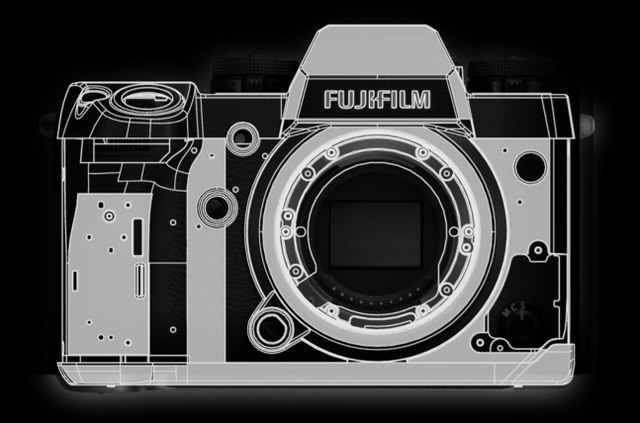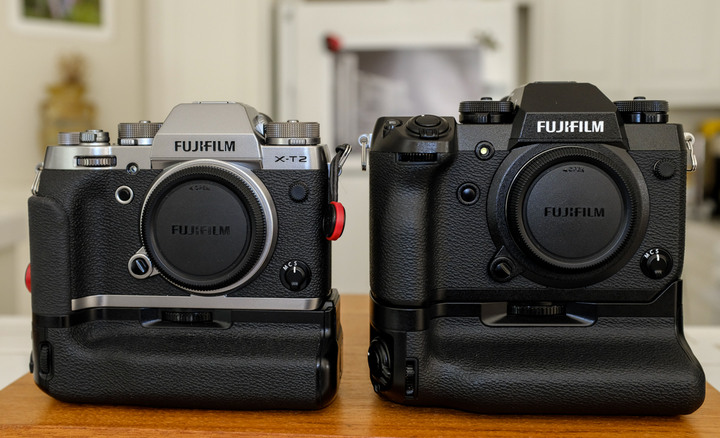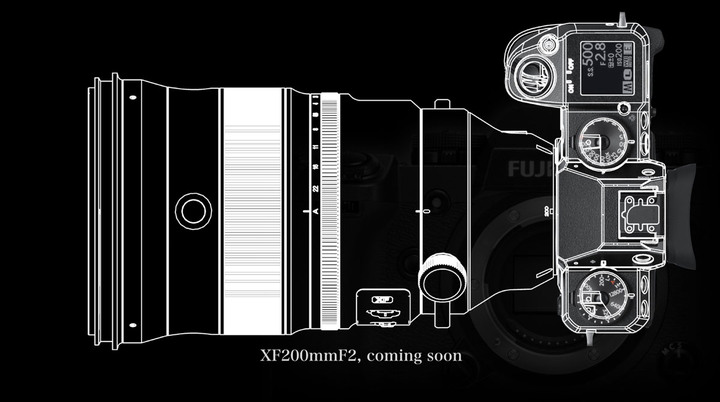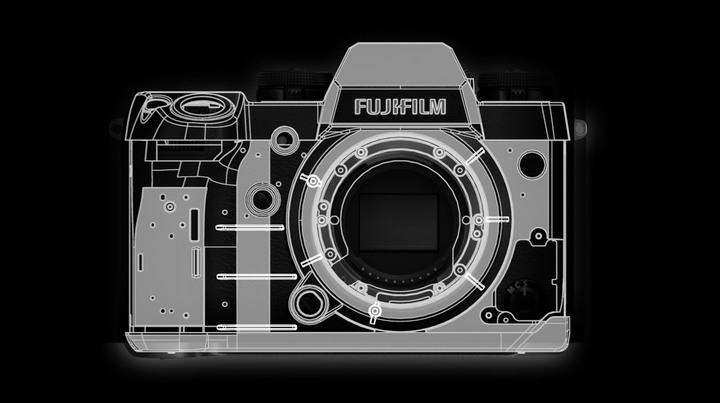I'm going to add on to iiiNelson's initial impressions article with my own rather than starting a new thread.
I should preface my comments below that I bought my X-H1 specifically for my professional motorsports photojournalism work, so my comments should be considered from that context firmly in mind, specifically with respect to my discussion of the engineering requirements and design embodiment of the X-H1, so lets get down to reasons why Fuji built this camera:
One of the things I've been posting about on various photo-fora is how much more robust the body on the X-H1 has been engineered to accomodate long, heavy, prime telephotos and the new MK-X Cine lenses. Fujifilm did considerable engineering to strengthen and, most importantly, stiffen the frame and lens mount to be able to mount long, heavy, prime telephotos and the new Cine MK zooms. These "devices", as Fuji refers to them, put a considerable tension load on the lens mount, and thus the lens mount needs to be designly sufficiently robustly to support these loads.
Here's an example: note how much thicker and "beefier" the "support/stiffening ring" around the lens mount is on the X-H1 compared to the X-T2.
The other thing I noted today is that Fuji moved the button for releasing the lens from the lens mount to further away to make it easier to disconnect larger (and wider in diameter) lenses. This little change is a big win for me, as it was difficult at times to actuate the lens release button on the 50-140 and 100-400.
Why was this done? Back in early 2017, when Fujifilm engineers were asked if they were going to develop a 200 mm f/2.0 or f/2.8, replied,
"A 200 mm f/2.0 would require an entirely new camera body". The engineering work documented in the white paper from Fujifilm on the development of the frame fully supports that statement. From the Fujifilm X-H1 development white paper:
"Let's examine the X-H1. The product planner requested the developers to make the body more robust so that new devices could be installed and the expected camera performance could be realized. In order to make the body more robust, the frame, which is made of magnesium alloys, needed to be strengthened by adding extra thickness.
The frame is 125% thicker for X-H1, meaning that the frame has almost doubled in volume (1.25 x 1.25 x 1.25 = 1.95). The strength of the frame is almost twice as strong.
Portability and lightweight are the charm of the X Series. This should always be taken into account even when considering an exterior design that is more robust. The designer examined the frame closely and learned where the stress is most/least applied and where the extra strength is most/least needed. With the study, the following structure with pillars jointing the exterior part has been realized, which helped minimize the effect on body size."

"The development continued. There are certain parts of camera body that needed extra consideration. For example, front body important in terms of ergonomics and operability, but the impact on weight is huge if the entire front body were simply 125% thicker. Another extra consideration was given to the mount. In near future there will be lenses that weigh more than 2kg."(that's 4.4 pounds, guys, that a big-assed, heavy lens)
Continuing from the Fujifilm development white paper:
"Considerable load would be applied to the mount. The mount needs to withstand the weight of the lens. Photographers move around when they are at work, so additional stress would be applied on top of the lens weight. To withstand the stress, the mount part is reinforced ribs as shown below. The mount itself is thickened (note: per my photograph above) and the ribs gives additional support."
The diagram below from the Fujifilm development white paper depicts the reinforcement rib in the camera frame. The bright white lines are steel (not magnesium) reinforcement ribs and pins to provide the requisite stiffness for supporting these tension loads while still maintaining the optical tolerances (which are at the micron level). These are not insignificant engineering challenges and accomplishments.
More on my practical experience follows in the subsequents posts.




